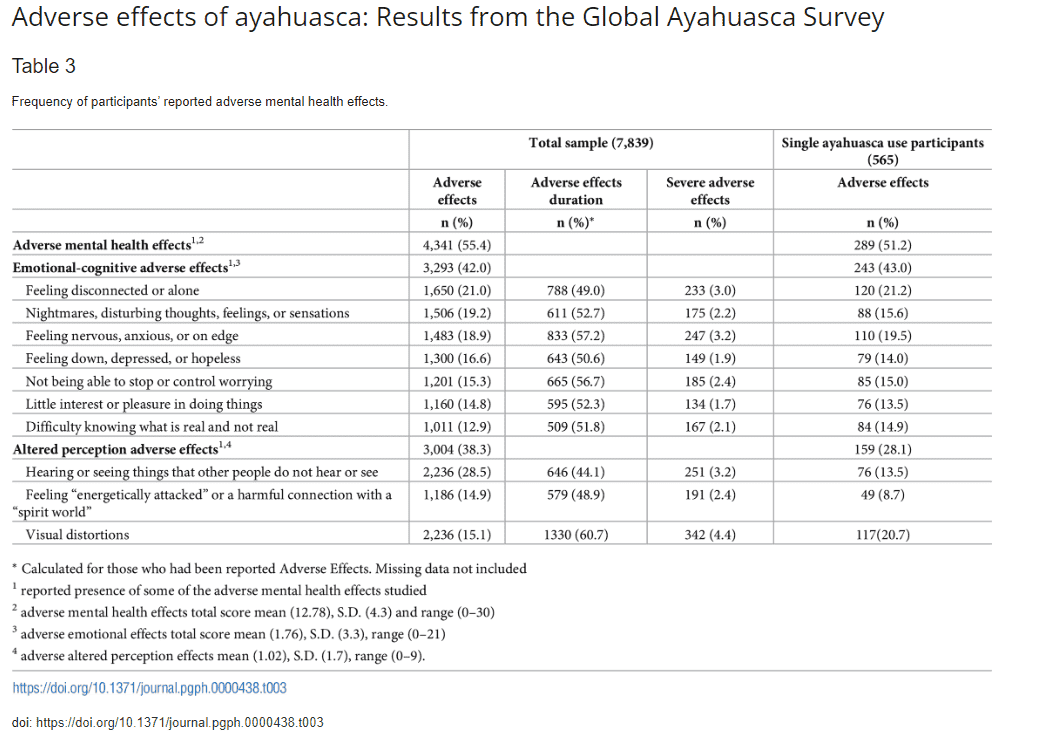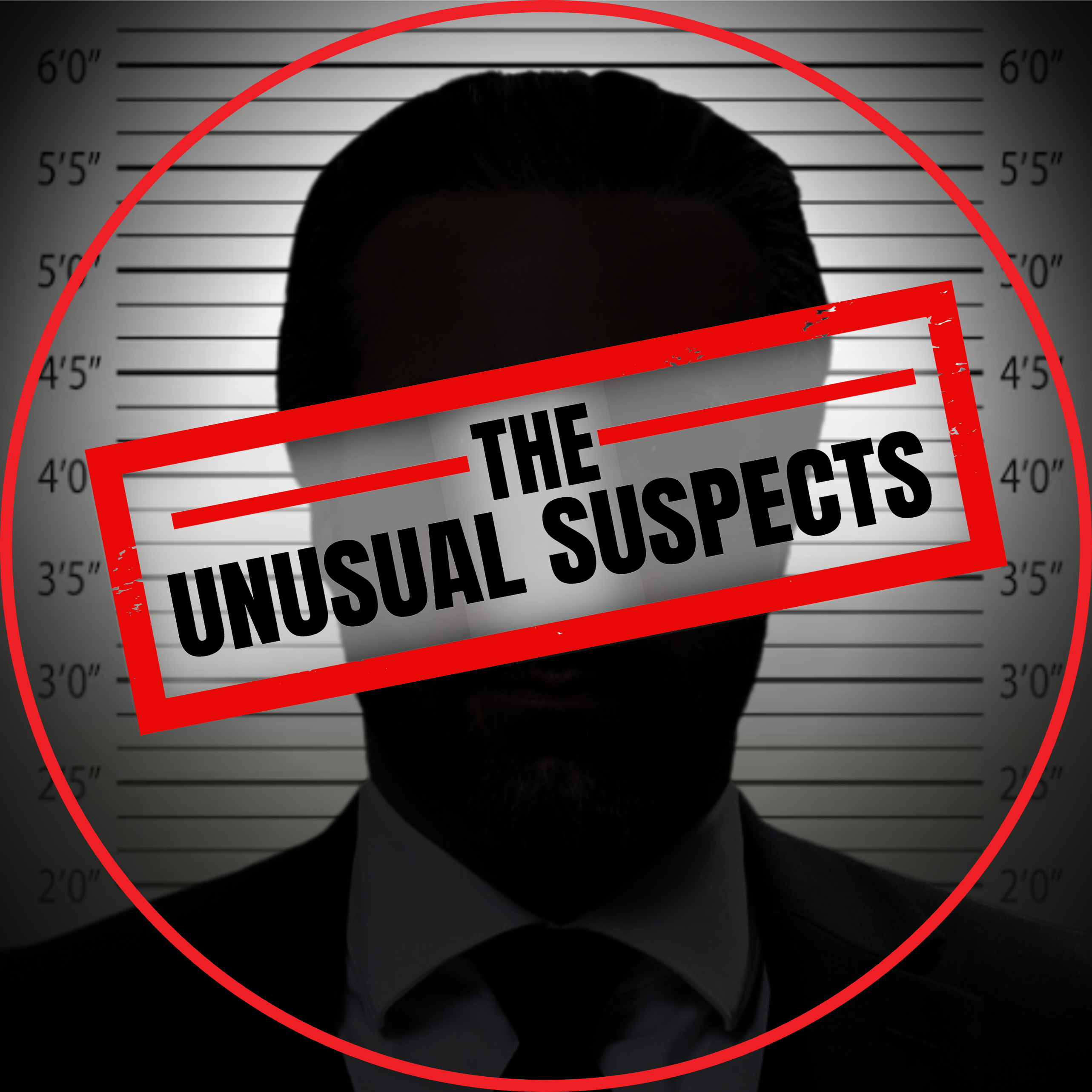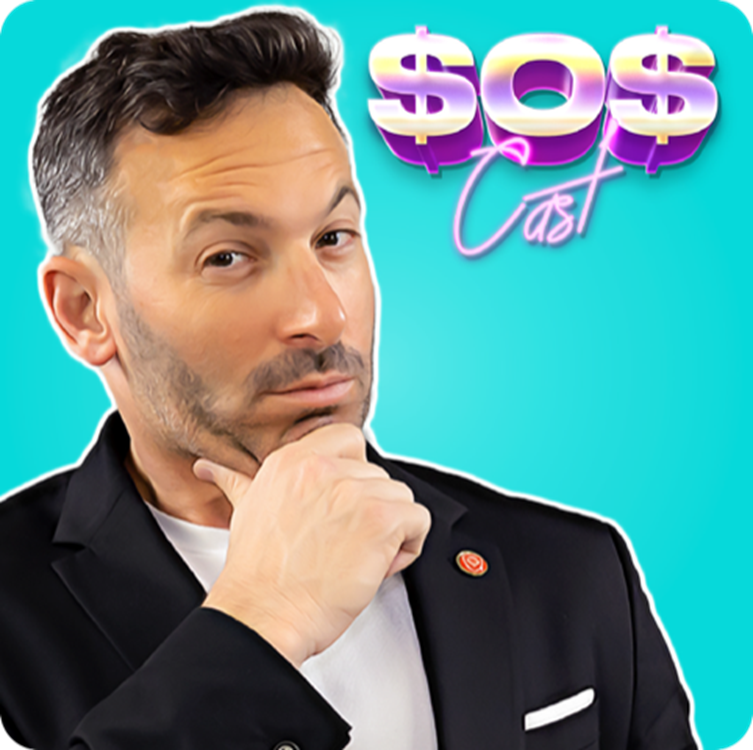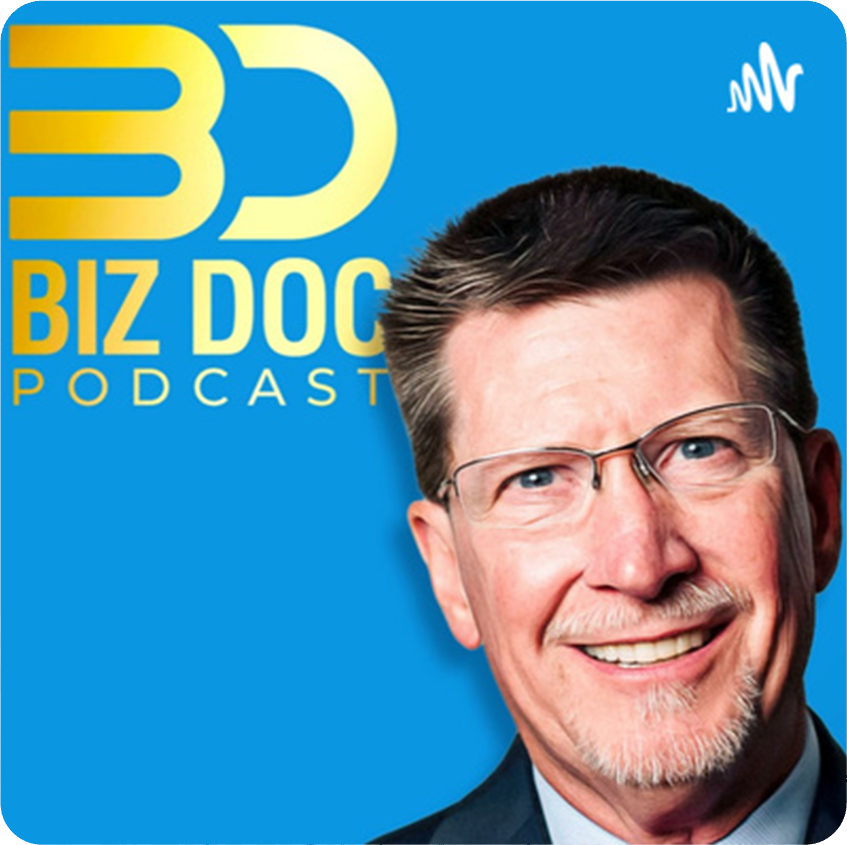A significant amount of people who have taken psychedelic drugs, especially ayahuasca, have reported experiencing the presence of supernatural, interdimensional entities that some refer to as ‘demons.’
Ayahuasca is a plant-based psychedelic used by the indigenous tribes of South America for religious purposes. Its active chemical is DMT (dimethyltryptamine), which popularizers speciously claim is the main ingredient the brain uses during dreams, but is actually only found in plants and some animals.
The reports of users experiencing supernatural entities was brought up in a recent Substack post by an author named Jules Evans. It caught some traction when prominent New York Times columnist Ross Douthat, a Christian conservative critic of mainstream American society, posted about it on X.
Douthat jokingly wrote “DO NOT WELCOME,” expressing semi-sarcastic fear and trembling about the interdimensional beings.
DO NOT WELCOMEhttps://t.co/lErUlYDP1B
— Ross Douthat (@DouthatNYT) September 13, 2023
“It is quite common to encounter ‘entities’ – what other cultures would call spirits, angels or demons – while on psychedelics,” Evans wrote in the post.
Evans, who was contacted and helped provide sources for the writing of this article, cited data from a 2015 survey of 800 psychonauts conducted by Tamara Freimoser and Elena Fountoglou, which found that 46 percent of ayahuasca-takers reported “encounters with suprahuman or spiritual entities,” as did 36 percent of DMT-takers, 17 percent of LSD takers, and 12 percent of psilocybin-takers. Similar percentages of respondents said they had “experiences of other universes and encounters with their inhabitants.”
Learn the benefits of becoming a Valuetainment Member and subscribe today!
He also cited a 2020 study published in the Journal of Psychopharmacology, according to which 11 percent of DMT users who claimed to have experienced an autonomous entity described it as a “demon,” “devil,” or “monster.” While 78 percent of respondents described the entities as “benevolent” and 70 percent as “sacred,” 16 percent described it as “negatively judgmental” and 11 percent said they were “malicious.” Most (72 percent) claimed the entity “continued to exist after the encounter” or that the experience “altered” their “fundamental conception of reality” (80 percent). The amount of people who identified as atheistic fell from 28% to 10% after the encounter.
This subject has been studied at length by researchers from all over the world, from Finland to Brazil. An entire graduate dissertation entitled “From Demonic Agency to Divine Presence: A Study of Human-Entity Relations at an Ayahuasca Treatment Center” by Christoffer Stuveback at Lund University, Sweden explored these topics by interviewing a group of patients at Takiwasi, a drug rehabilitation center in Taraponto, Peru who claimed to have such experiences. Results from the Global Ayahuasca Survey, which recorded responses from about 8,000 people between 2017 and 2019, found that 14.9 percent reported feeling “energetically attacked or a harmful connection to the spirit world.”

Famed psychonaut Terence McKenna also reported such beings when using DMT, which he termed “machine elves” or “clockwork elves.” These terms are still used today among psychedelic users who encounter the entities, even though some have said they do not look like elves at all but rather “amorphous and hard to describe,” according to a study by Dr. Jennifer Lyke, professor of psychology at Stockton University.
Dr. Rick Strassman, a professor of psychiatry at the University of New Mexico School of Medicine, has produced a number of studies on the “machine elves.” According to Strassman, “The function of the beings is to communicate, and what they communicate is information. Their shape or form may contain that information, but more importantly, there is an exchange, a relationship between the observer and the beings, sometimes verbal, sometimes nonverbal. Then it’s up to our mind, our intellect, to decipher the communication, to extract meaning from it.”
A story circulated online this year about NFL quarterback Aaron Rodgers claiming he was haunted by a dark figure wearing a hat, nicknamed the “hat man,” after taking ayahuasca. This story turned out to be false, having originated from a satire news site. But Rodgers has in fact taken the drug, which has become very popular among certain celebrities (such as Miley Cyrus, Machine Gun Kelly, Will Smith, Chelsea Handler, and Prince Harry) as well as in high society circles and especially among the Silicon Valley elite.
Related: California Bill Legalizing Psychedelics Passes Senate Approval
It is no wonder then that Ross Douthat has set his sights, so often mocking post-New Age America, against this phenomenon. This is not the first time Douthat has written about this topic. He also took it up in a February 2023 piece, in which he listed the fascination with psychedelics as one of three fixtures of post-Christian secular superstition.
Writing about ayahuasca and DMT users, Douthat brings up how they have talked about “encountering similar landscapes and similar beings, as if they’re all either connecting to the shared archetypes of some Jungian subconscious (which would be strange enough) or actually entering the same supernatural plane.” Douthat then follows the same leap, not unjustified, that the users take: “And the latter belief yields spiritual experimentation in its purest form: People taking DMT this way aren’t practicing a religion so much as trying to discover religion’s supernatural grounding and fashion a personal theology out of what they find and see.”
Joe Rogan frequently has guests on his show to discuss their experiences with ayahuasca. Author and journalist Graham Hancock, known for his books and documentaries on ancient civilizations, talked to Rogan in 2019 about the frequency of supernatural encounters among ayahuasca users. In the episode, Hancock discusses how the shamans of Native American tribes traditionally used the drug to meet with the “entities,” whose “messages” they would interpret as signs from gods or spirits.


















Add comment